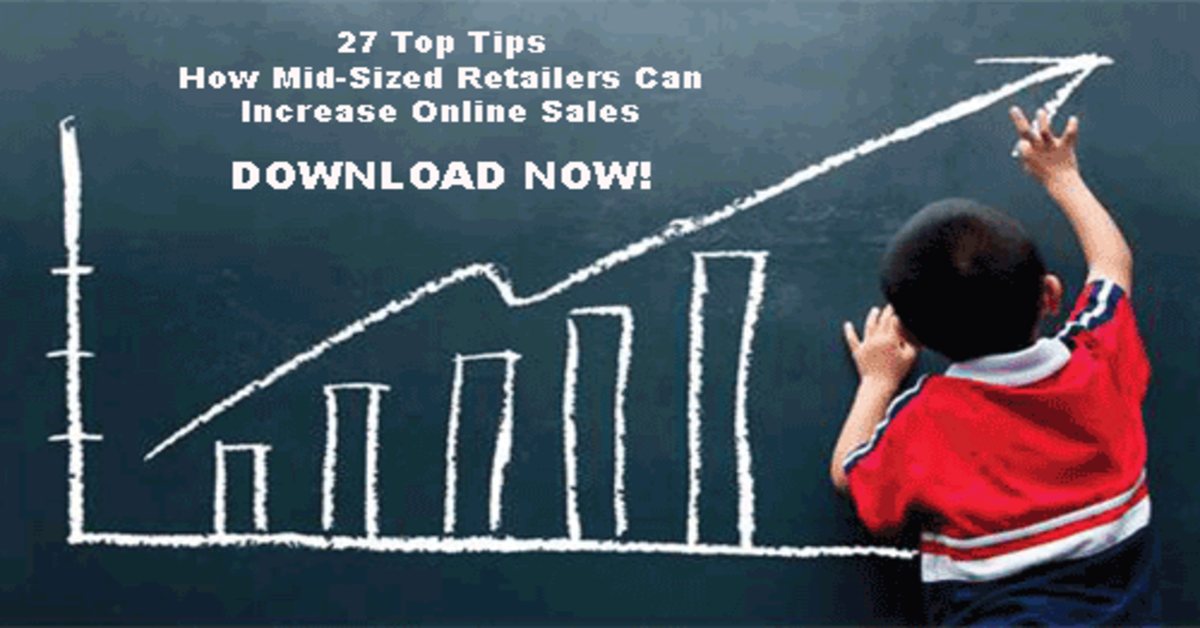
The Guide to E-commerce Technology 2018, produced and published by Internet Retailer, is one of the most in-depth surveys to be created in this industry. After all, it’s not just a source detailing industry numbers, as it depicts trends, explains various concepts, and discusses a range of current insight relevant to managers and e-commerce professionals. This information has been carefully curated to offer an excellent source of educational material, providing a clear view of the market, enabling professionals to make better-informed decisions on e-commerce technology.
This study focuses on the main technologies and services for online stores, such as e-commerce platforms, email marketing tools, personalization systems, and social media, among others.
In partnership with VTEX True Cloud Commerce, a sponsor of the study, a special version of the Guide to E-commerce Technology was developed, offering detailed information on investing in the best e-commerce platforms in 2018. In this article, we will cover the highlights of this release. Keep reading to learn more.
78% of online retailers will increase the e-commerce technology investment
It is not surprising that more than three-quarters of survey respondents intend to increase their investments in services and technologies for their stores.
While e-commerce continues to be a channel for sales growth for these retailers (the Guide points to an average of 15% per year), it is only natural that their investment will increase each year.
And this growth won’t be modest. 45% of retailers said they intend to invest 10% to 25% more in 2018 than in 2017.
Customer acquisition, improving conversion rates, and client retention are among the main goals
The reasons cited are often among the main goals of any company that operates in the online environment. So it is only natural that the increase in investment is tied to these points. After all, which retailer can afford to stagnate its spending on marketing, e-commerce platform, or UX / CX and then experience the results of these goals improving throughout the year?<
In addition, it is worth mentioning the greater relevance of mobile technology being used in e-commerce. Improving the shopping experience and site performance on mobile devices were specific reasons cited by more than 50% of respondents, in regards to increasing their investments in mobile e-commerce technology. This signifies that the time for m-commerce is not only a serious contender, it is also no longer going to be underestimated by retailers, who now recognize the value of the mobile device and its sales potential.
Retailers will invest more in e-commerce platforms, even without changing providers
Nearly 60% of respondents said that the main priority of their budgets for 2018 will be in the investment of their e-commerce platform, however, only 20% are considering switching their providers.
This shows that retailers are generally satisfied with the relationship and the results delivered by their current platforms, and this figure also includes those who are not willing to go through the process of replatforming. Still, it is worth noting, that they are willing to spend more to improve their applications to benefit from enhanced technology.
Of those who are willing to migrate their platform, approximately 70% don’t want to develop their own system. Most retailers search for customizable and externally hosted software that fits their needs.
Other topics noted by retailers as priorities for their 2018 budget included:
- Mobile commerce
- Email marketing
- Online marketing
- Search marketing
- Personalization
- Social media
The advantages of using a cloud-based platform
Although only 20% of the retailers surveyed are willing to switch platforms, we have seen that most of them are willing to migrate to a cloud solution.
In this field, companies that invest in e-commerce platforms with a cloud-based infrastructure come out ahead. This can be seen both in the fast pace of implementation, as well as in the cost reduction with the technology for e-commerce.
Launching a new online store with a cloud-based platform can lower the overall Total Cost of Ownership (TCO) along with improving the time to market. An excellent example is the Braun MultiQuick DRTV Campaign, which was one of VTEX’s USA customers, that went live in just 5 weeks.














